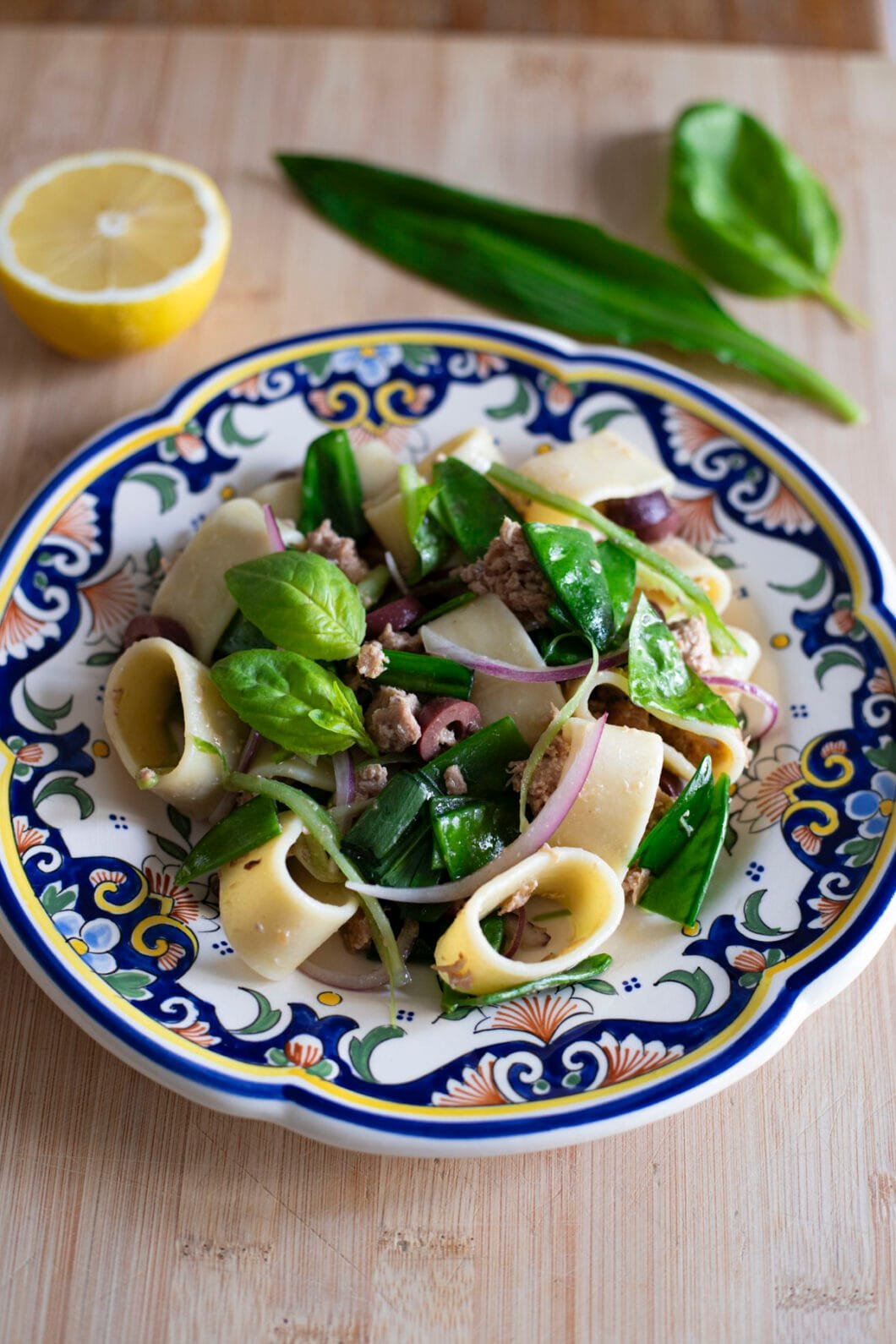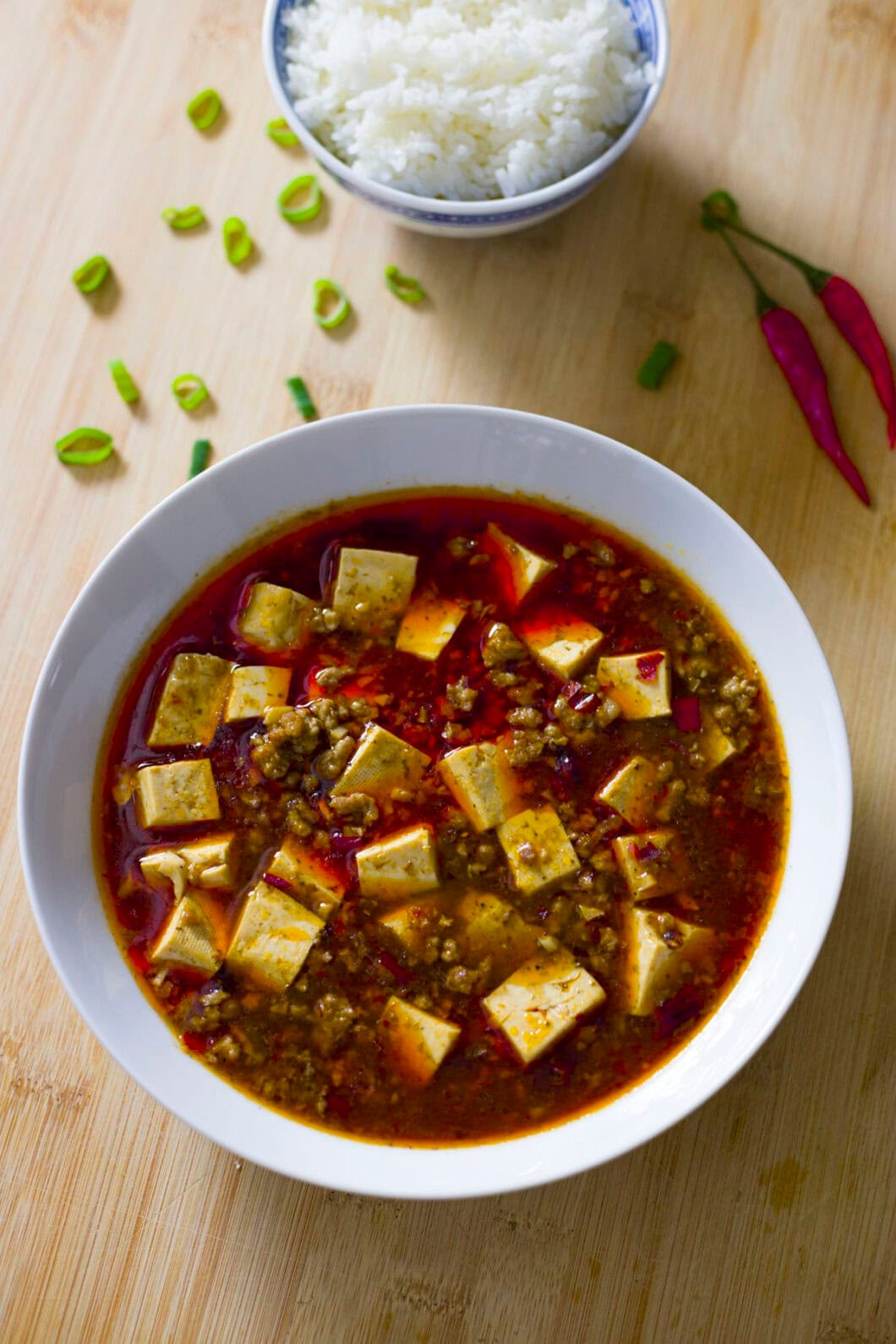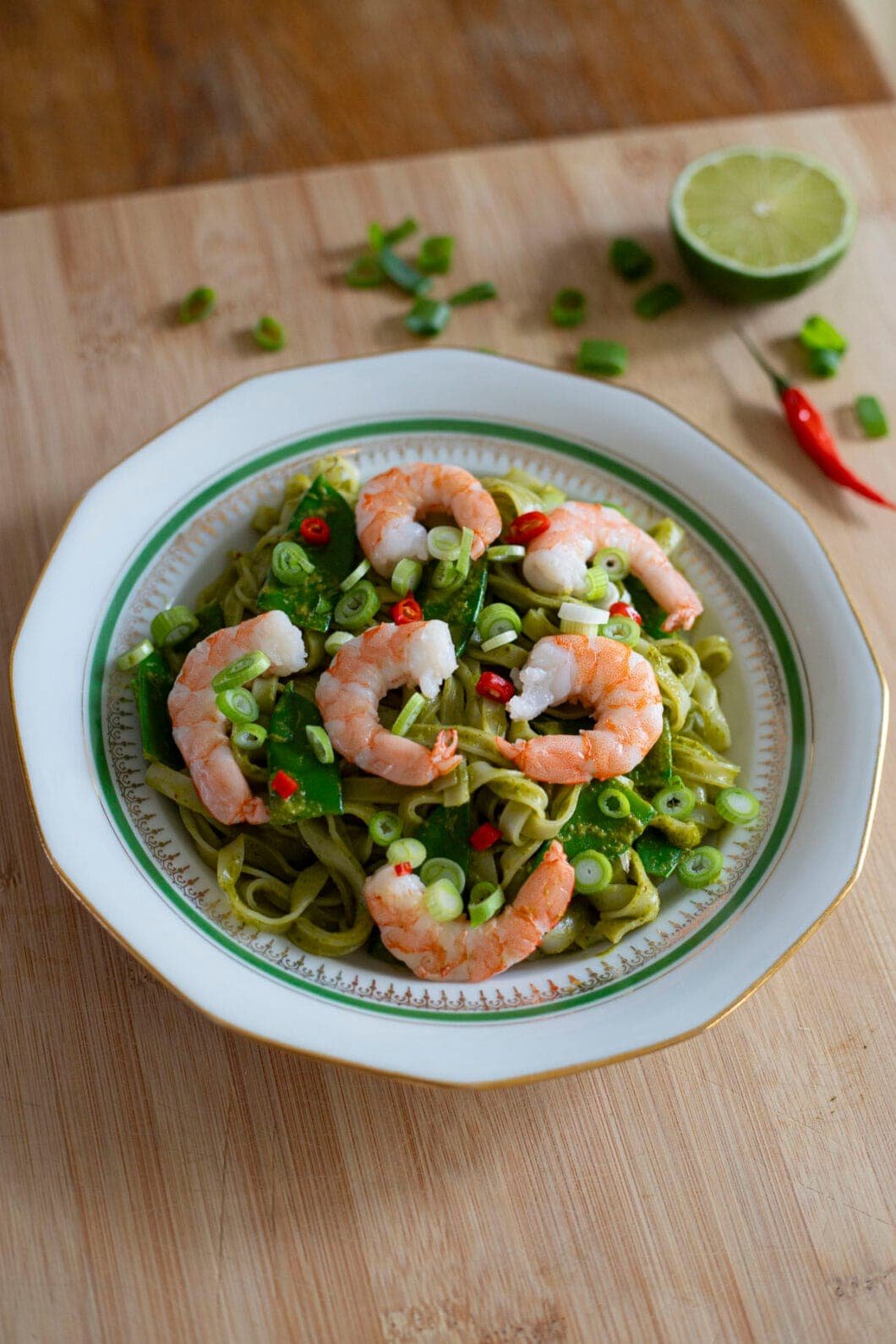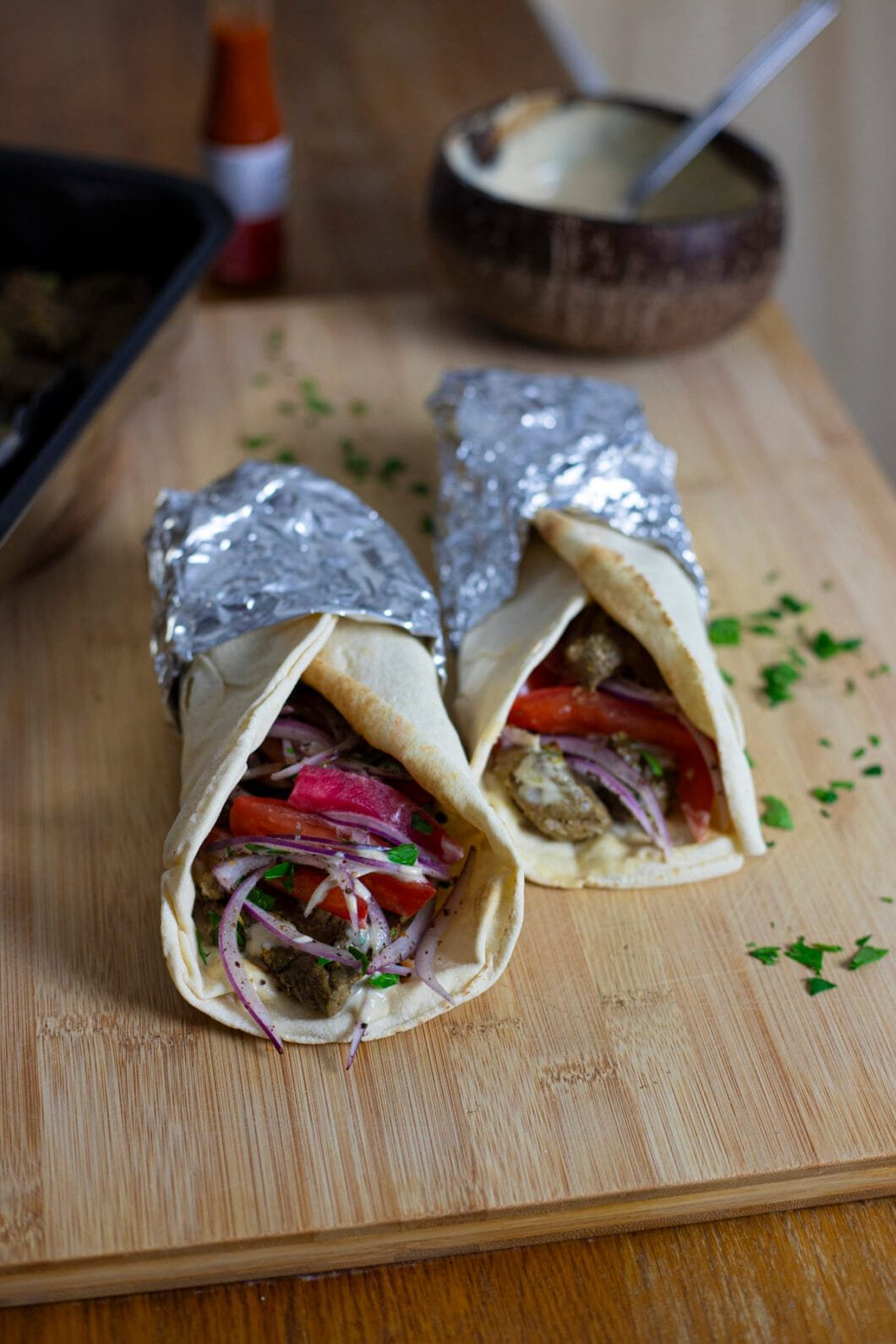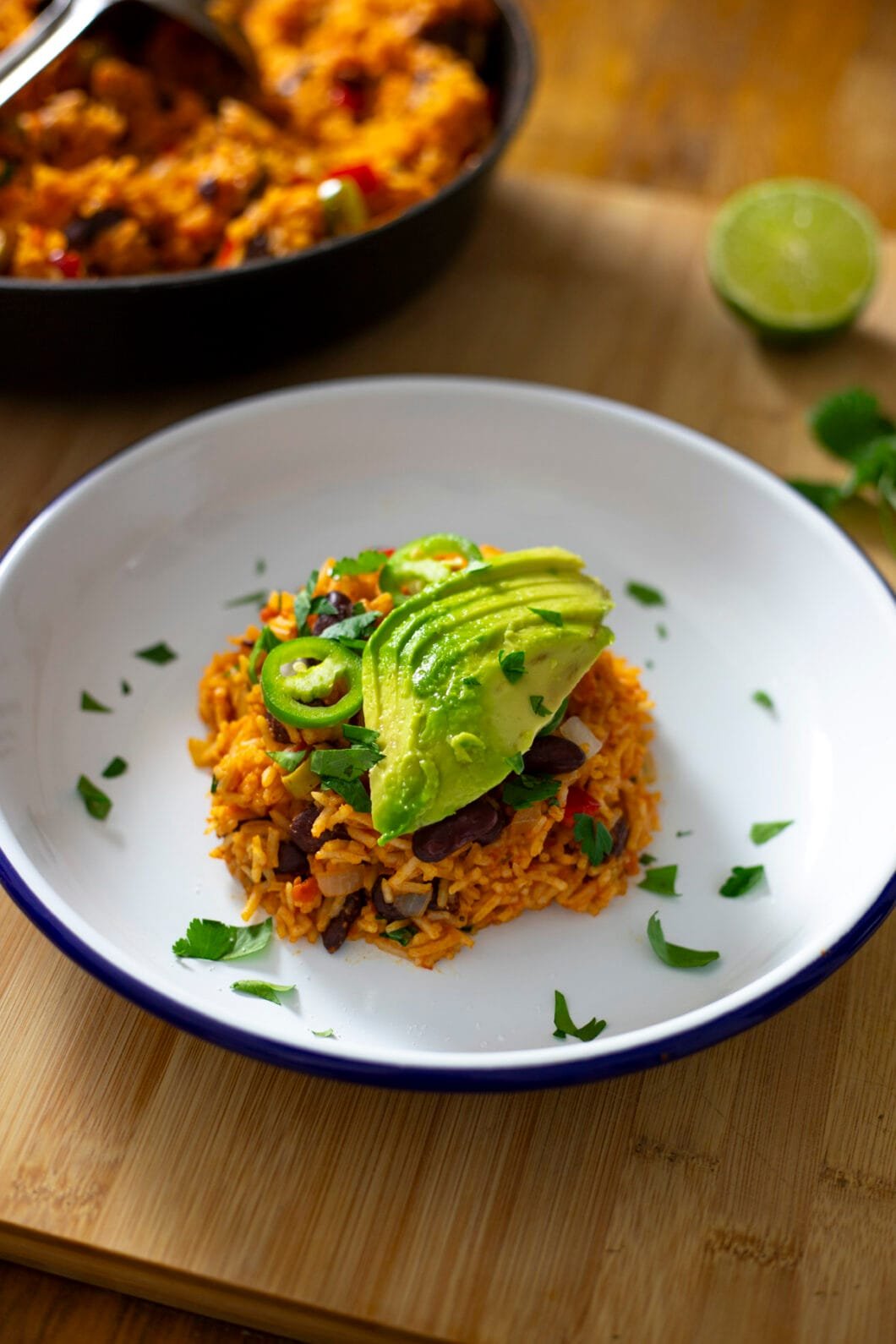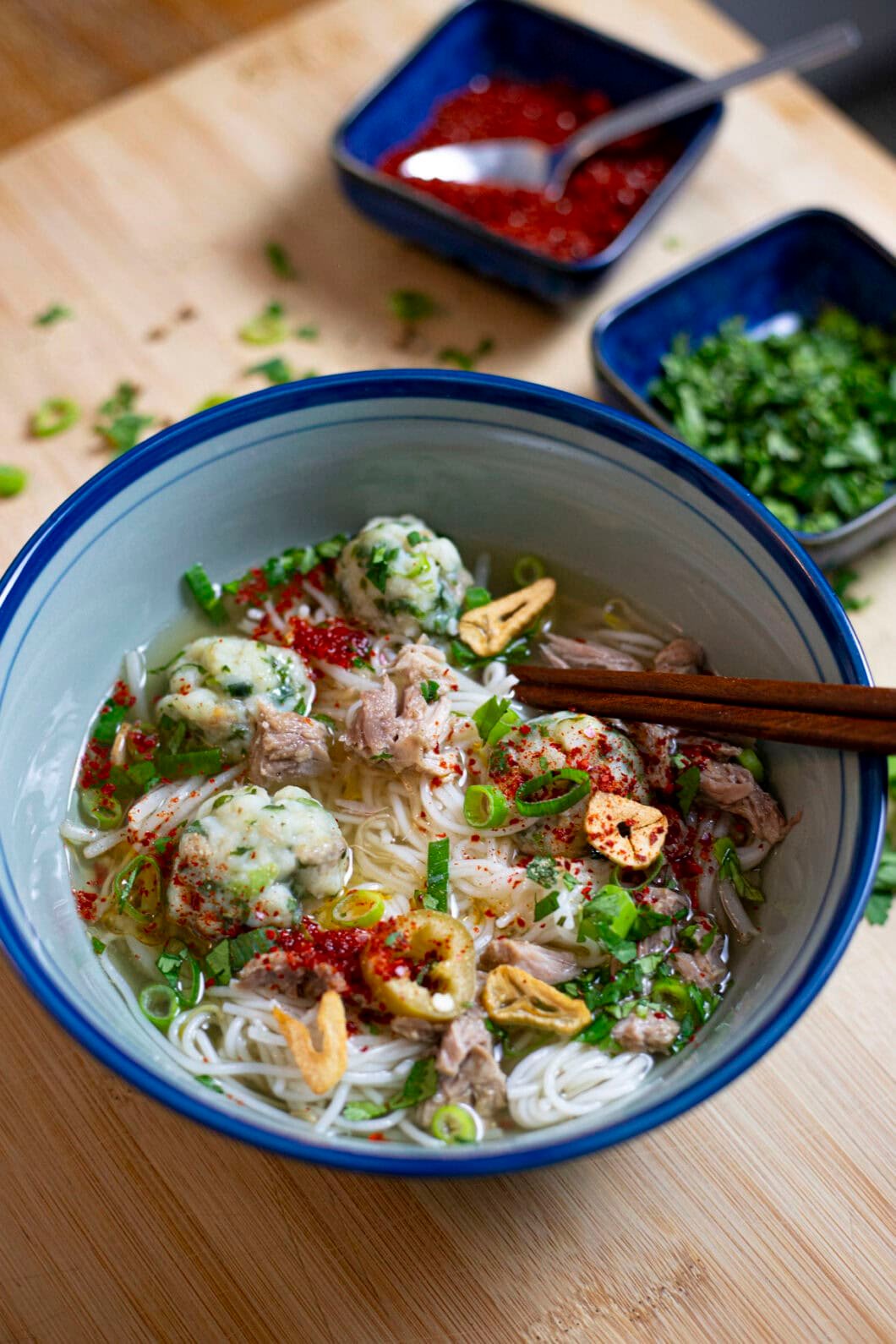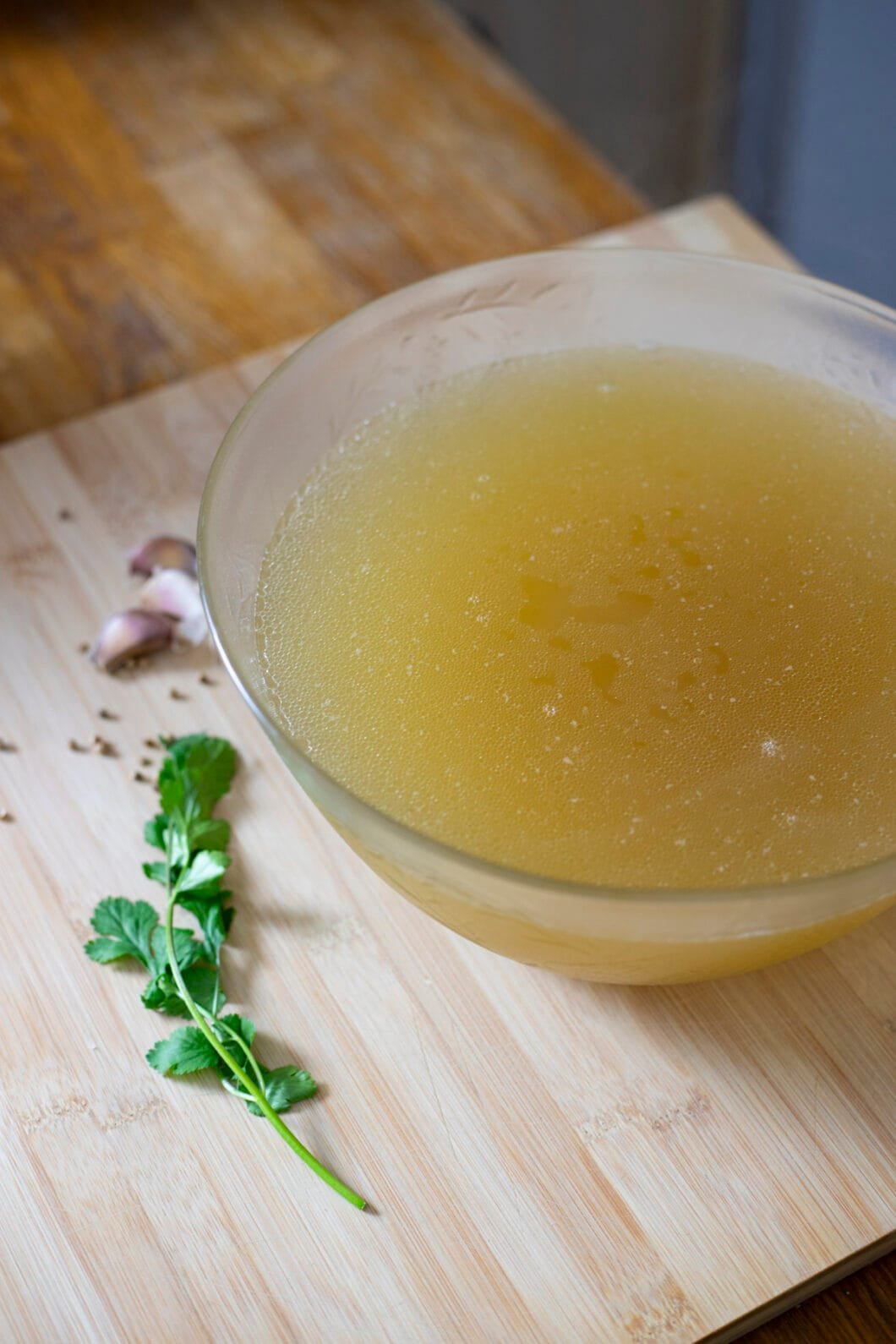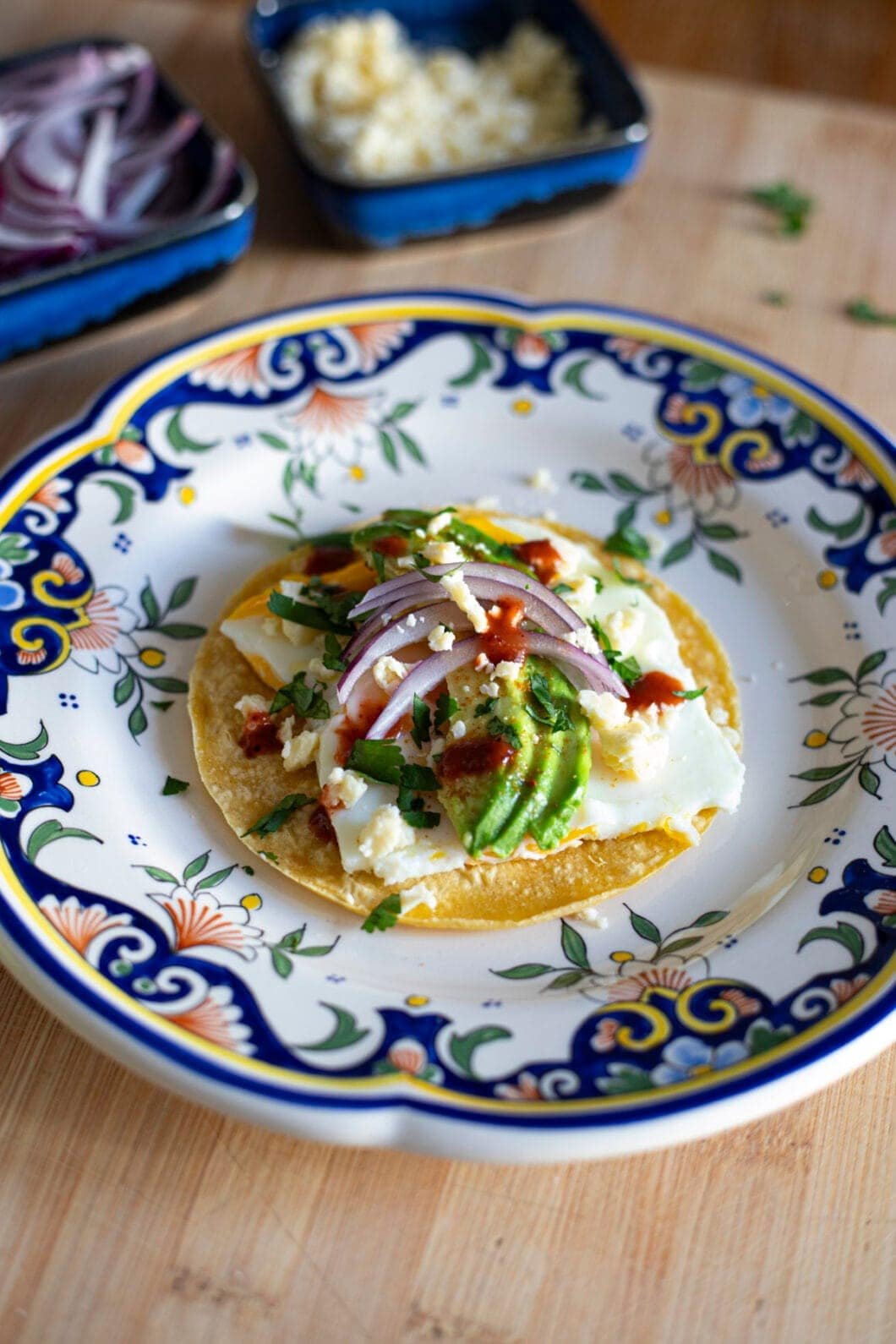I have some obsessions, food-wise. One of them is banh-mis ; another would be pasta salads, or also raviolis, and the list goes on.
A solidly anchored one is English Breakfast. I have a passion for savoury breakfasts, which culminates with the traditional English one.
I remember reading a book in my earlier days ; a simple, cringe teenager romance book, wrote by an English woman. There was a breakfast description, made my a humble mom, which I remember to this day. She described how she cooked the bacon and sausages, the eggs, the tomatoes, the toast : simple -less elaborate than the full English- but beautiful, homely, and extremely crave-worthy.
I won’t rave about the great bacon-sausage-egg triplet ; I know you know. When you add beans and tomatoes though, it creates a whole new dimension for this dish. It all becomes more balanced, with a sweeter flavour brought by the beans, as well as a saucy sauce you get dip your toast in. The tomato, slightly grilled, adds freshness and umami to the somewhat greasy meats.
There is one central piece of meat from the Full English that is lacking : black pudding, which is a type of blood sausage. I simply couldn’t find it in Paris, so I skipped it. Definitely include it if you can !
Easy English Breakfast – Recipe
Ingredients – Tips & where to find them
- Bacon : Here, you want the English kind of bacon -English back bacon, not pork belly : rather lean and not too thin, contrary to the US one, as you see on the picture. It won’t get too crispy, it’s rather meaty, so you grill it. If hard to find, simply replace with what bacon you have on hand !
- Sausages : Ideally, you want to find small English breakfast sausages. I replaced them with French small sausages ; choose according to what’s available near you !
- Beans : Use canned Heinz beans, as the English do ! You’ll find them at any English store.
- Toast : I simply popped them in the toaster for more ease. If you want it the traditional way, you’ll need to fry them in the pan with oil and butter.
- Eggs : The most traditional egg type you’ll come across is the sunny side up, but you can go for scrambled eggs for more ease, which I do when I have more than one person to serve.
- Mushroooms : I went a bit French here and added garlic and chives. Do as you please, so long as they’re browned and nicely cooked !
Recipe – Advice & key points
- Oven : Using the oven here is key to a stress-free breakfast prep ! Turn it on at 60°C, which is enough to keep food warm. Put your bacon, sausages, mushrooms and tomatoes there once they’re cooked/grilled. Then simply finish cooking with your eggs and toasts and serve everything warm !
- Amounts : Yes, this is more than a breakfast : the quantities are definitely large, so either adjust and share, or think of it as a brunch -but don’t tell the English I said that.
All set ? Let’s cook the GOAT of breakfasts !



